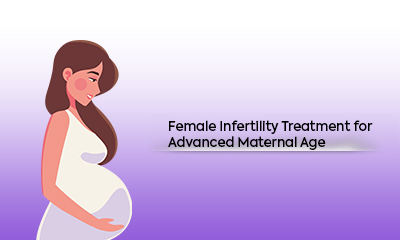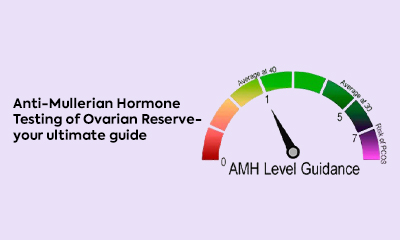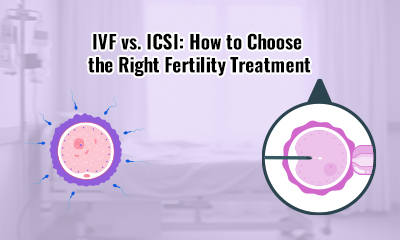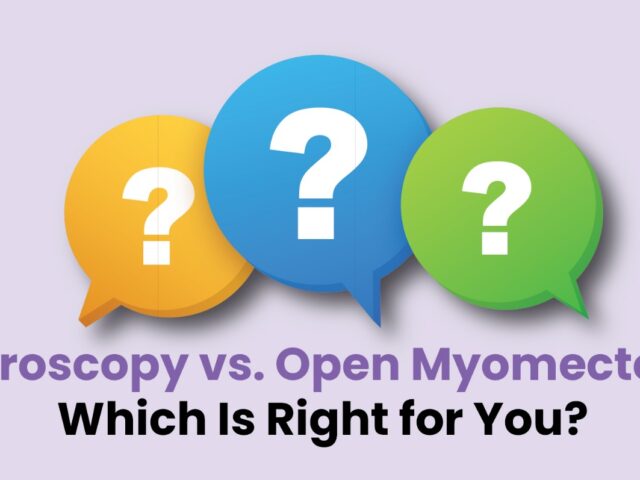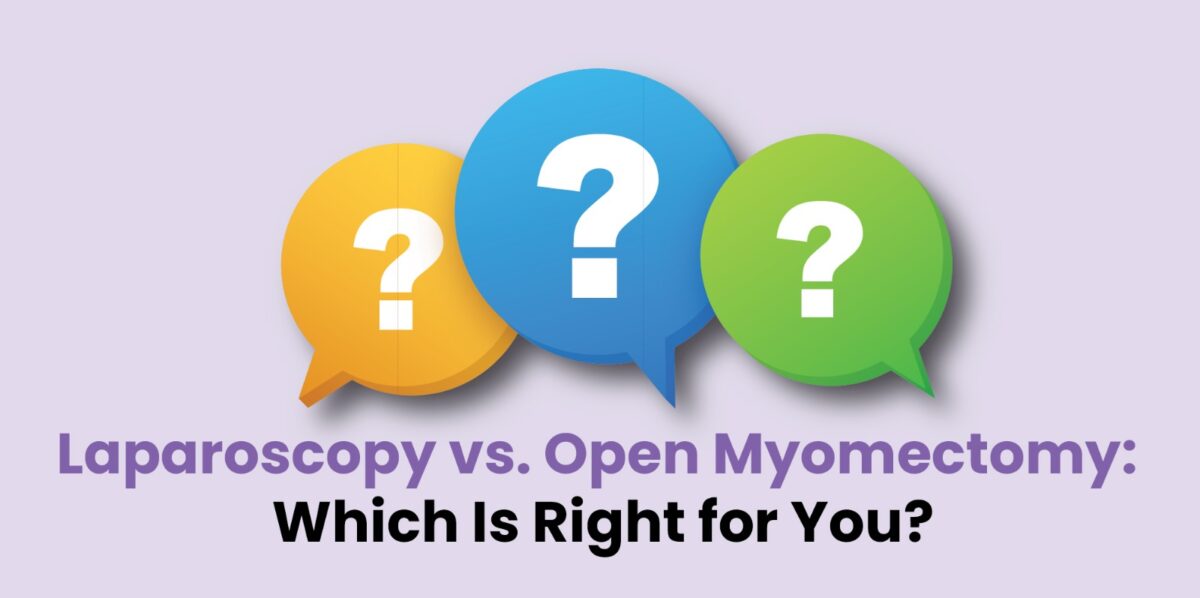Laparoscopic vs. Open Myomectomy: Choosing the Best Option for Fibroid Treatment
Best Fibroid removal surgery Hospital in Delhi
Uterine fibroids impact many women, often leading to symptoms such as heavy periods, pelvic discomfort, or abdominal swelling. For those seeking symptom relief while preserving their fertility, Myomectomy surgery in Delhi is a common surgical solution. This procedure removes fibroids without removing the uterus. Myomectomy can be done by using 2 different techniques. One is laparoscopic and the other is open surgery. Understanding the differences can help you make an informed decision about which approach suits your needs.
What Is a Myomectomy?
A myomectomy is a surgery designed to remove uterine fibroids while preserving the uterus, making it an ideal choice for women who wish to maintain their fertility. Unlike a hysterectomy, which removes the entire uterus, myomectomy at Best Fibroid removal surgery Hospital in Delhi targets only the fibroids, alleviating symptoms while keeping future pregnancy options open.
Laparoscopic Myomectomy: A Minimally Invasive Approach
Laparoscopic myomectomy uses advanced technology to remove fibroids through small incisions, typically less than an inch long. A surgeon inserts a laparoscope—a slim, camera-equipped tool—to visualize and excise the fibroids with precision. This method offers several advantages:
Minimal Scarring: Tiny incisions lead to less visible scars and better aesthetic outcomes.
Reduced Blood Loss: The procedure typically involves less bleeding, lowering the need for transfusions.
Quicker Healing: Most patients return to their routines within 2–4 weeks.
Lower Complication Rates: Smaller incisions decrease the likelihood of infections or other issues.
This technique is most effective for women with smaller fibroids or those located in areas of the uterus that are easier to access surgically.
Open Myomectomy: A Traditional Approach
Open myomectomy, also called abdominal myomectomy, involves a larger incision, typically 5–7 inches across the lower abdomen, to directly access and remove fibroids. This method is often chosen for larger, more complex, or numerous fibroids. Key features include:
Direct Access: A larger incision allows surgeons to address challenging fibroids effectively.
Increased Blood Loss: The procedure may involve more bleeding, occasionally requiring transfusions.
Extended Recovery: Healing typically takes 6–8 weeks due to the larger incision.
Greater Post-Surgical Discomfort: Patients may need stronger pain relief during recovery.
This approach is generally recommended when fibroids are too large or deeply embedded for a laparoscopic procedure.
Comparing Laparoscopic and Open Myomectomy
| Factor | Laparoscopic Myomectomy | Open Myomectomy |
| Incision Size | Small (0.5–1 inch) | Large (5–7 inches) |
| Blood Loss | Low | Higher |
| Recovery Time | 2–4 weeks | 6–8 weeks |
| Infection Risk | Lower | Higher |
| Best For | Smaller, accessible fibroids | Large or complex fibroids |
Safety and Potential Complications
Laparoscopic myomectomy is generally considered safer due to its minimally invasive nature, which reduces risks like infections or scar tissue formation (adhesions). However, open myomectomy may be necessary for more complicated cases, as it provides better access to larger or deeply rooted fibroids, potentially improving surgical outcomes in those scenarios.
Recovery Expectations
Patients undergoing laparoscopic myomectomy typically experience a faster recovery, returning to daily activities within 2–4 weeks. They often report less pain and require fewer pain medications. Open myomectomy, due to the larger incision, involves a longer recovery period of 6–8 weeks, with more noticeable discomfort during healing.
How to Choose the Right Procedure
Selecting between laparoscopic and open myomectomy depends on several factors:
Fibroid Characteristics: Smaller or fewer fibroids are better suited for laparoscopic surgery, while larger or more numerous fibroids may necessitate an open approach.
Health Profile: Conditions like obesity or previous abdominal surgeries may influence which method is safer or more effective.
Fertility Considerations: Both procedures preserve the uterus, but the laparoscopic approach may result in fewer adhesions, which could benefit future pregnancies.
Consulting with a gynecologist is essential to determine the best option. Diagnostic tools like ultrasounds or MRIs can provide detailed insights into the size, number, and location of fibroids, guiding the decision-making process.
Take the Next Step
If you’re considering a myomectomy, a specialized medical team at KIC delfinium can help you explore both laparoscopic and open options to find the best fit for your health and goals. Schedule a consultation with us to discuss your symptoms, review diagnostic results, and create a personalized treatment plan.




